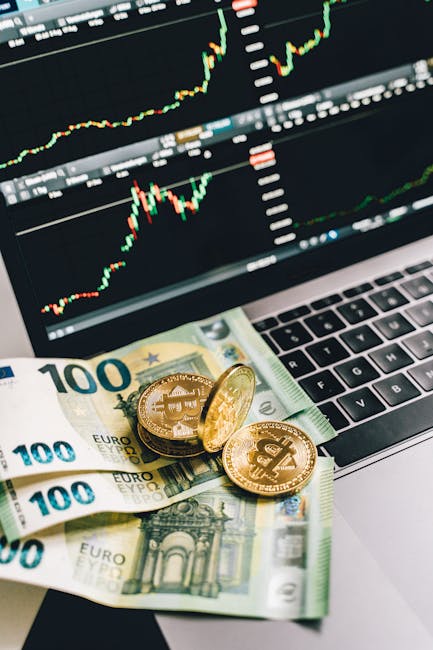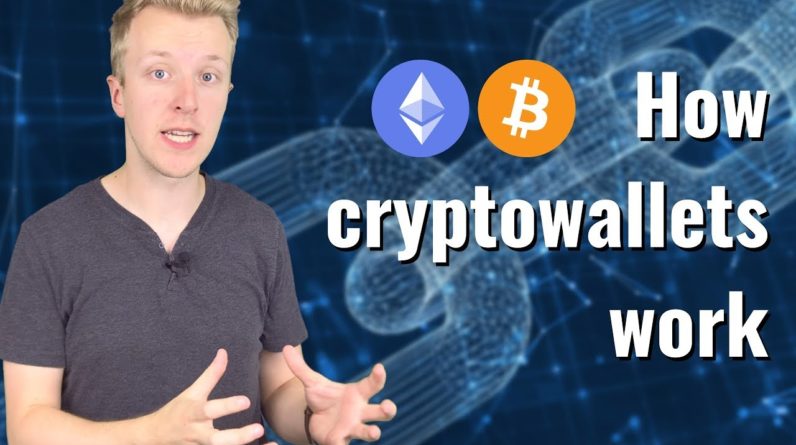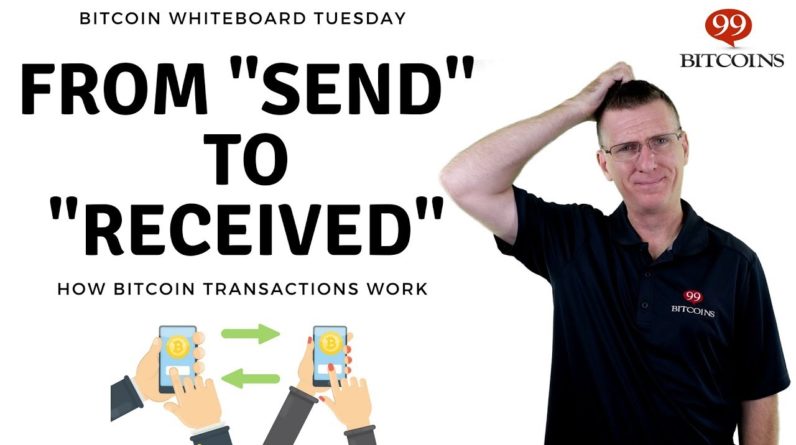Hello and welcome to the Exodus channel,
your home for the best crypto videos. Hit those like and subscribe buttons
and we’ll keep the videos coming. Have you ever wondered why you have to
pay transaction fees when you send crypto? Or ever looked at the network fee for an
Ethereum transaction and gone ‘what the…’? Curious about why some assets seem to have such
high fees while others have almost none at all? Transaction fees, also known as network fees, are
the bane of many crypto-enthusiasts’ existence.
When you send a transaction,
it takes a lot of computing power to record the transaction on the blockchain, which you can think of as a digital ledger that
keeps track of all transaction information. Miners provide the processing power to secure the
network, and in return, collect fees from users. Fees also act as a safeguard to protect
blockchains against spam transactions that might make it slower for real transactions
to get processed. Think about the effect on your spam folder if companies had to pay
a fee every time they sent an email! Different blockchains have varying
fees depending on a few factors. One is how busy it is – the
more popular a blockchain, the more transactions will be
vying for miners’ priority, and the more expensive it’ll be to get
your transaction to the front of the line. Another is whether the blockchain uses
proof-of-work or proof-of-stake as a consensus mechanism – proof-of-work requires more computing
power from the miners, which means higher fees. For UTXO-based assets like Bitcoin and DOGE, fees depend partly on how many inputs your
transaction has to process. This is like paying in pennies rather than dollar bills – it’s going
to take a lot more time to count the pennies. So your transaction fee will be higher if you
have a lot of small inputs, like from mining.
It can get a bit confusing, because not only
do different blockchains have different fees, the same blockchain will have variable fees
depending on market conditions at the time. So if you paid two dollars for
a Bitcoin transaction yesterday, you might have to pay ten dollars today,
and it could be three dollars tomorrow. This is because of congestion – the more
transactions waiting, the higher the fee. We’ve seen this happen a lot with Ethereum.
Many assets, known as ERC20 tokens, run on the Ethereum blockchain, and they pay transaction
fees with ETH.

The Ethereum network is super busy, with everything from regular
token transactions to DeFi to smart contracts to NFTs – which
means fees can go very high very fast. You can always check transaction fees before you hit send by looking at the amount in
Network Fee in your Exodus wallet. Exodus doesn’t keep any part of the network fee. 100% of transaction fees
go directly to the network. If you’d like you can set custom
fees for Bitcoin, Ethereum, and ERC20 transactions in your
Exodus wallet. In the mobile app, tap on the left arrow for the send screen,
then tap Advanced. In Desktop, click Send, then click the gear icon to show the Advanced
menu.You will be able to set a custom fee here. Generally, the lower you set a fee, the longer the transaction will take
to confirm. The higher, the faster. Be careful not to set fees too low
otherwise your transaction might get stuck. If this happens, you can
pay more to accelerate it. For some assets, like Ethereum and ERC20 tokens, it isn’t possible to calculate the exact amount
a transaction will cost before it’s processed. In these cases, you will see a ‘Max Network
Fee’.
This is the most that you might pay for the transaction. Only the actual
fee will be deducted from your wallet. Thanks for watching everyone!
We got a lot more videos for you so just click any of these to keep watching..




